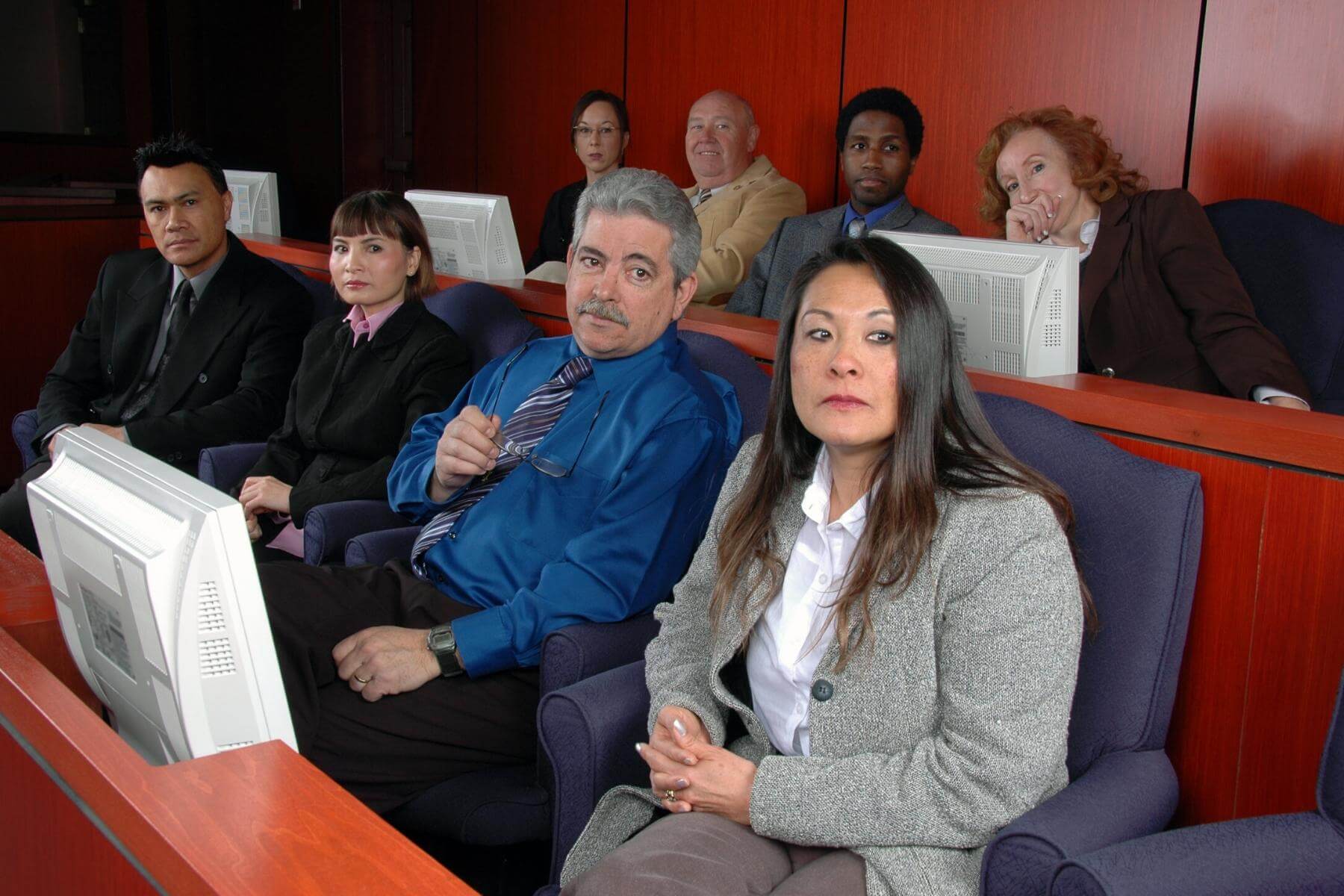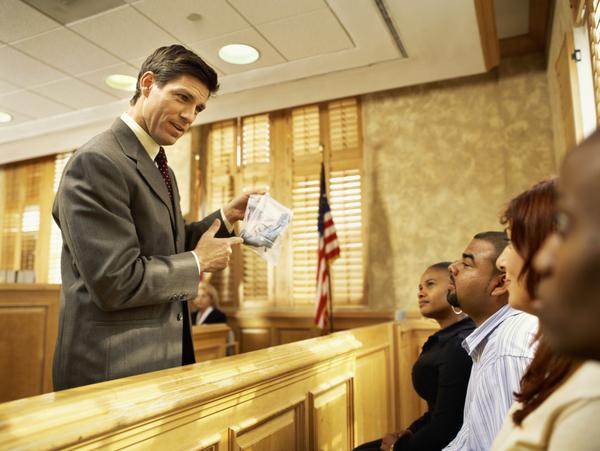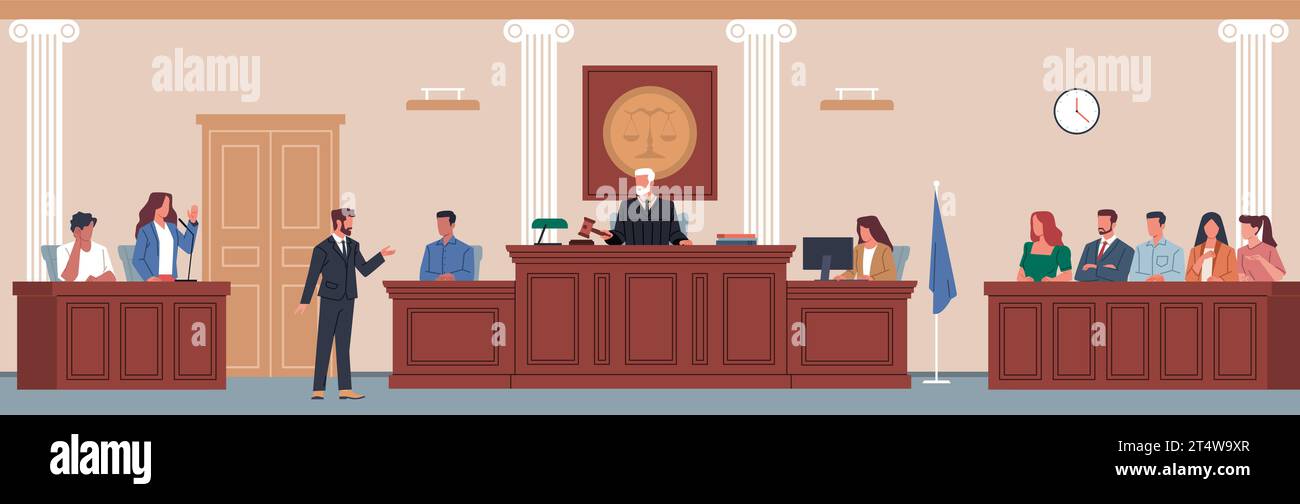Graphics in trial presentations help simplify legal arguments.
Graphics in trial presentations help simplify legal arguments.
Blog Article
Exactly How Trial Presentations Enhance Your Disagreement and Convince Jurors
Test discussions act as a crucial device for improving legal debates and convincing jurors. By incorporating visual aids, narrative structures, and psychological involvement, lawyers can develop an engaging situation that reverberates on numerous levels. The tactical usage of visuals not just makes clear complex information but also captures jurors' attention a lot more properly than words alone. Nonetheless, the art of storytelling plays an equally vital role in transforming valid proof into a compelling story, forming jurors' understandings - trial presentations. Understanding these aspects can substantially affect test outcomes, raising the concern of exactly how each part contributes to this complex dynamic.

Importance of Visual Aids
Aesthetic help play a vital duty in enhancing the efficiency of test discussions, as they can considerably raise audience engagement and retention of information. In the context of a trial, where jurors are tasked with processing complex details, visual help offer to streamline and make clear bottom lines. Graphes, graphs, and images can convey data and ideas that might or else overwhelm or confuse jurors, enabling a much more uncomplicated understanding of the proof presented.
Furthermore, visual aids assist in preserving juror interest throughout the procedures. By breaking the monotony of verbal testimony, these devices can stress critical arguments, making them more remarkable. Reliable visual aids can additionally stimulate psychological feedbacks, which can be essential in convincing jurors to straighten with the speaker's narrative.

Crafting Engaging Stories
An engaging narrative is necessary in test discussions, as it acts as the foundation of efficient persuasion. It enables attorneys to weave with each other realities, evidence, and emotional components right into a meaningful story that reverberates with jurors. This narrative framework enables jurors to recognize the intricacies of the situation while assisting them through the attorney's debate.
To craft a compelling story, lawyers need to concentrate on quality and comprehensibility. This includes developing a clear protagonist-- frequently the client-- and detailing their trip through the events concerned. Offering the truths in a sensible sequence boosts understanding and maintains involvement. In addition, using vibrant descriptions can produce psychological pictures that help jurors visualize the events, making the narrative more remarkable.
Moreover, incorporating vital styles throughout the discussion strengthens the core message and help in retention - trial presentations. The story should not only convey details but likewise stimulate learn this here now a feeling of justice, highlighting the risks involved. Inevitably, a sound story promotes a connection between the jurors and the situation, positioning the lawyer's disagreement as both qualified and engaging, therefore boosting the possibility of a desirable decision

Engaging the Jury Mentally
Efficient court engagement pivots on the lawyer's capability to attach with jurors on a psychological degree. This link can considerably impact jurors' assumptions and their utmost decision-making.
Visual aids, such as photographs or videos, can further improve emotional engagement, supplying jurors with vibrant representations of the instance's human aspects. Crafting a narrative that highlights the battles and triumphs of the individuals involved makes sure that jurors see beyond the lawful debates and recognize the human repercussions of their choices.
Additionally, tone and body movement play an essential duty in conveying feeling. A lawyer's passionate shipment can reverberate with jurors, reinforcing their emotional financial investment in case. It's important to balance psychological allures with factual evidence, making certain that jurors feel obliged to act while continuing to be based in the truth. Eventually, a psychologically involved jury is most likely to be encouraged, making emotional connection a crucial part of effective trial presentations.
Structuring Your Discussion

The body of the presentation should be logically fractional into key factors, each supported by compelling proof. It is valuable to utilize narration methods to weave realities right into a narrative that jurors can conveniently follow. Aesthetic aids, such as graphes and videos, can boost understanding and engagement, assisting to highlight essential pieces of evidence.
Real-World Case Research Studies
Checking out real-world situation research studies offers vital understandings into the art of trial discussions and persuasion. The protection group properly used an approach that incorporated prominent expert statements with multimedia presentations, which astounded jurors and inevitably influenced their choice.
One more notable instance is the "McDonald's Coffee Situation," where the complainant's attorneys made use of graphic pictures of the injuries endured by Stella Liebeck. trial presentations. This raw aesthetic evidence played a vital duty in communicating the severity of her burns, resulting in a significant jury award. Such instances demonstrate that impactful test presentations often depend upon the efficient assimilation of visuals and narration to stimulate emotional reactions from jurors
In addition, the "Casey Anthony Trial" highlighted the relevance of narrative coherence and reliability. The prosecution's failing to develop an engaging timeline diminished their convincing power, highlighting the requirement of a well-structured presentation. Evaluating these situations exposes that effective test presentations need tactical preparation, emotional engagement, and the capacity to resonate with jurors' values and beliefs.
Conclusion
Trial presentations substantially enhance arguments and convince jurors through the calculated usage of visual aids, important site compelling stories, and emotional involvement. A well-structured discussion balances psychological allures with factual evidence, inevitably resonating with jurors' worths.
Report this page